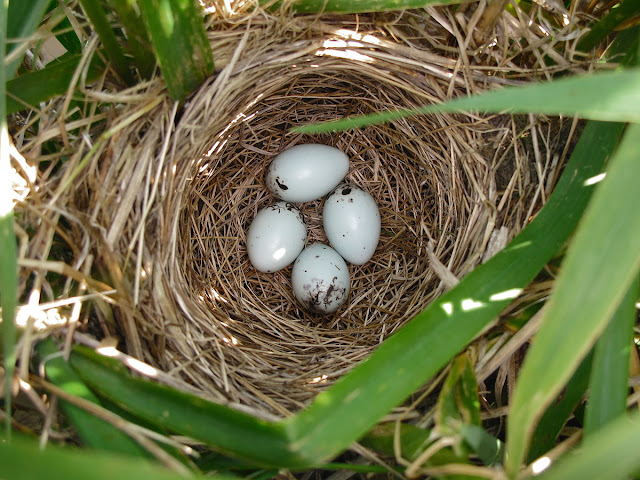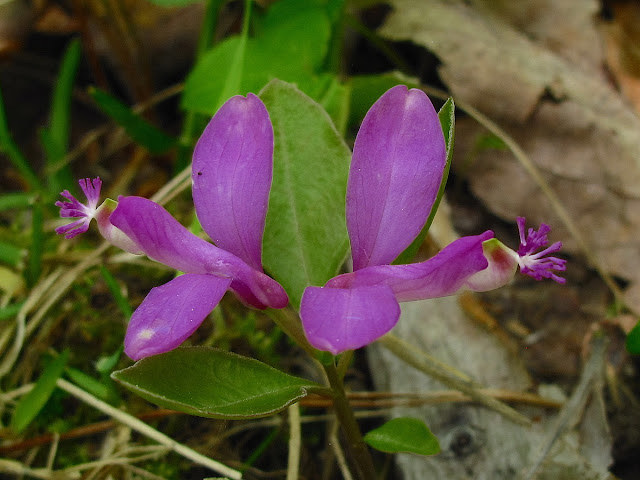Answer - To lay some eggs
It's egg laying time for turtles, and with two ponds in the neighborhood it's not unusual to find turtles crossing a road. This morning I found this Eastern Painted Turtle preparing to cross Joyce Road. After taking a few pictures I picked the turtle up and placed it on the other side of the road.

A couple hours after finding the Eastern Painted Turtle I found this guy on the road to our cabin. Don't mistake the face of this Snapping Turtle as having a smile. The beak of this turtle is like a powerful can opener and a Snapping Turtle will use it if given a chance.

Unlike the Eastern Painted Turtle which let me pick it up, this Snapping Turtle was in full defense mode when I approached and started to charge me. Snapping Turtles have very long necks which they keep retracted until they need to strike. Also note the rows of spike-like scales on each leg.

Not only did this Snapping Turtle have spikes on its legs, there are spikes on its tail.















































